Before you can identify it, you have to find it
Pulsar Wildlife devices can effortlessly detect the metabolic heat signature produced by birds, making them the perfect tool for any bird watcher, from novice hobbyist to seasoned professional. Because Pulsar’s thermal imaging devices do not emit any artificial light or infrared illumination, you no longer have to carry out your observations or surveys in daylight — Pulsar devices are perfect for use at night, and there’s no risk of startling any birds or other wildlife.
How thermal imaging devices help with bird watching
Thermal imaging is an invaluable technology for any wildlife enthusiast; it works to highlight objects that would usually remain invisible in total darkness, daylight, and even in conditions where thermal contrast is low (such as dense fog).
Using infrared radiation and thermal energy, Pulsar’s thermal imagers gather information about objects through a thermal sensor (microbolometer) attached to a powerful lens (usually made from Germanium), to formulate clear and detailed images of observed objects.
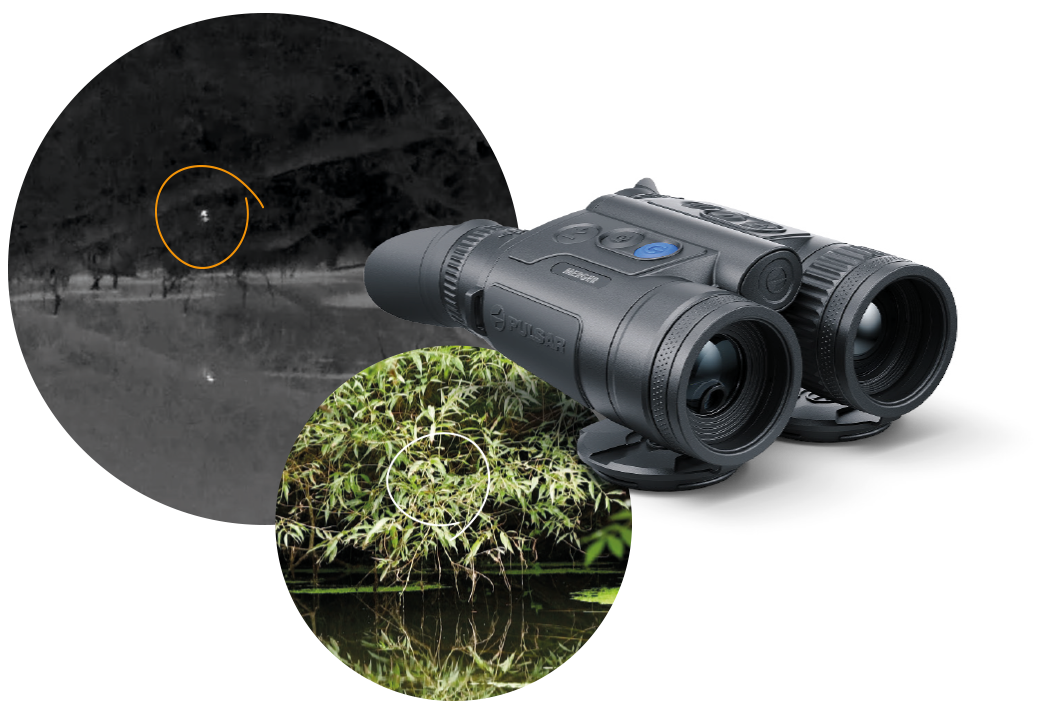
Understanding device specifications
Each thermal imaging device features their own set of specifications. These can differ drastically from product to product, so it is crucial you understand what these specifications mean in order to find the device best suited to your application(s).
Thermal Sensor Size – Similar to digital cameras, thermal sensors are measured in pixels; generally speaking, the bigger the sensor the better the picture, as a larger sensor can capture more detail. Pulsar thermal imagers use one of five differently sized sensors with its own designation:





Thermal Sensor Pixel Pitch – The thermal sensor pitch indicated the distance between the centre of the pixels. A smaller pixel pitch results in finer image quality and a physically smaller thermal sensor, and a larger pixel offers more sensitivity. A sensor with a smaller pixel pitch will achieve a greater base magnification than a device with the same size lens and a greater pixel pitch. Pulsar XL, XM, XG, and premium XT sensors have a 12µm pixel pitch; XQ and XP sensors have a 17µm pixel pitch, as indicated in the image above.
NETD – A device’s Noise Equivalent Temperature Difference (NETD) is a measurement of the smallest temperature difference the device is able to detect. The lower this value, the more sensitive the thermal imager becomes — performing better than a device with a larger NETD value in challenging conditions such as colder temperatures, dense fog, and heavy rain. A device’s NETD rating is an important indicator as to how well it will perform.
Refresh Rate – A high refresh rate (such as 50Hz) is best when choosing a thermal imaging device, as a high refresh rate will result in a smooth image when panning or tracking fast-moving objects.
Thermal in Action: Bird Spotting Masterclass with Matt Prior
Matt Prior (qualified bird ringer, licenced with The British Trust for Ornithology) uses the Merger LRF XP50 thermal imaging binoculars to help him find, monitor, and catch birds around the world to help manage wild habitats and grow bird numbers. We met up with Matt at a hide in Wiltshire for a thermal bird spotting masterclass on the lookout for the illusive, cryptically camouflaged Snipe.
Matt expertly demonstrates the advantage Pulsar thermal and proves that it needn’t cost a fortune to get started — Matt started off with a Pulsar Helion; the original gold standard in thermal imaging (now superseded by its innovative successor, the Telos). And, because Pulsar is the world’s leading producer of thermal devices, it’ll still perform the job it was designed to do for years to come (which is why Matt still takes it out with him at night for bird ringing). Check out the TJ Focus YouTube channel to see the upcoming bird ringing series with Matt.
Beneficial Features for Bird Watchers:

Wide FOVs
Pulsar’s wide FOVs allow for more information to be recorded without having to search and scan. The fact that each device can also be tripod mounted makes them perfect for surveys and reports.

Variable Magnification
Variable magnification and digital zoom capabilities provide excellent object recognition at considerable distances. Plus, Picture-in-Picture mode will allow for closer inspection without losing control of the field of view.

Thermal Sensitivity
Pulsar devices offer astonishing levels of thermal sensitivity, performing particularly well in adverse weather conditions; meaning you can continue your observations regardless of dense fog, heavy rain, or high levels of humidity.

Robust Design
Pulsar devices are built to endure the elements, providing you with a tool that can be relied upon despite the everyday knocks, bumps, and scrapes that come with prolonged periods of observation.
Finding the perfect thermal imaging device
Now comes the hard part: choosing which device is best for you… Using a thermal imaging device for birdwatching/ringing will allow you to reduce disturbance of wildlife whilst observing or surveying; they enable a more efficient use of your time out in the field; and they uncover wildlife that has until now remained unobserved within your observation area.
It would be difficult to say which model would be best you, as specifications and requirements differ from person to person. To help, we’ve compiled a list of a few of our favourite models across our range of powerful thermal imaging devices. Please click on each device to see more information.
Thermal imaging monoculars
Our range of thermal imaging monocular ranges from the compact and lightweight to the more robust and upgradable. Check out the Axion Compact series for three monoculars designed to pack a punch whilst fitting effortlessly in your pocket; see the Telos series for truly innovative devices that stay ahead of the curve by way of upgradable components; or go one-handed with the Oryx LRF series — the first device from Pulsar to feature a focus wheel for single-handed operation.
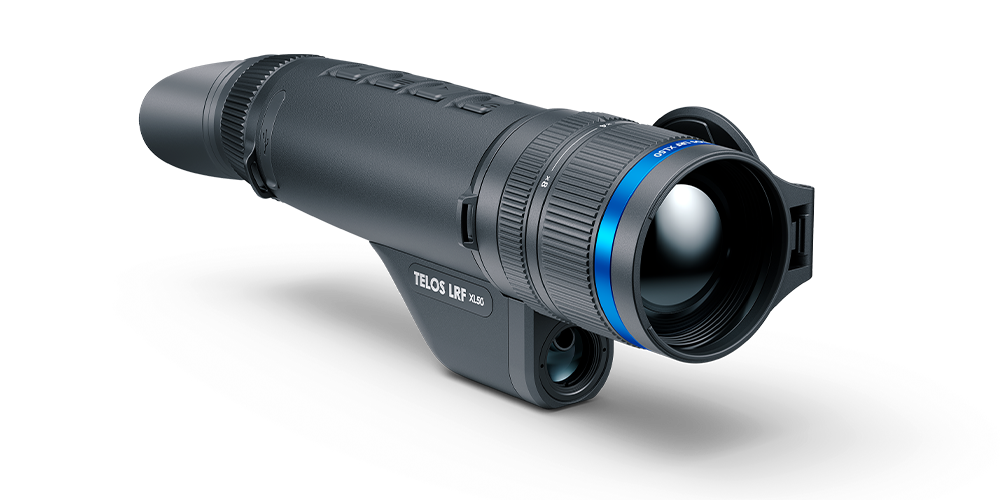
TELOS SERIES
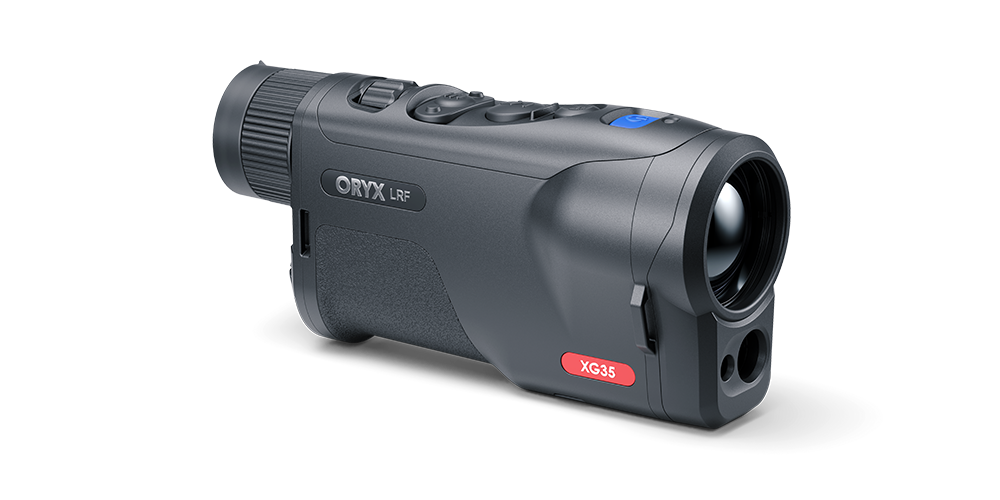
ORYX LRF SERIES
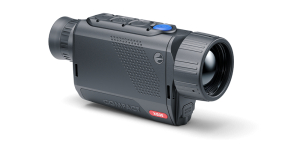
AXION COMPACT SERIES
Thermal imaging binoculars
Pulsar thermal imaging binoculars will deliver premium thermal performance and enhanced visual comfort through two-eyed observation, reducing the likelihood of fatigue and eye strain over long periods of use. Check out the Merger LRF series for laser-rangefinder equipped thermal binos capable of measuring the distance between you and your observed object; or why not get the best of both worlds with the Merger Duo, which features dual thermal and digital night vision channels for enhanced detection and identification.
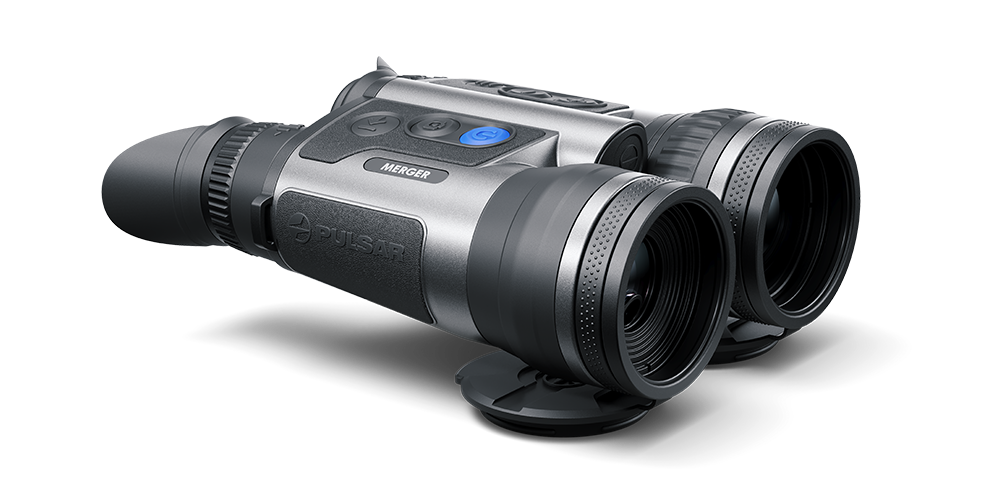
MERGER LRF SERIES

MERGER DUO SERIES

